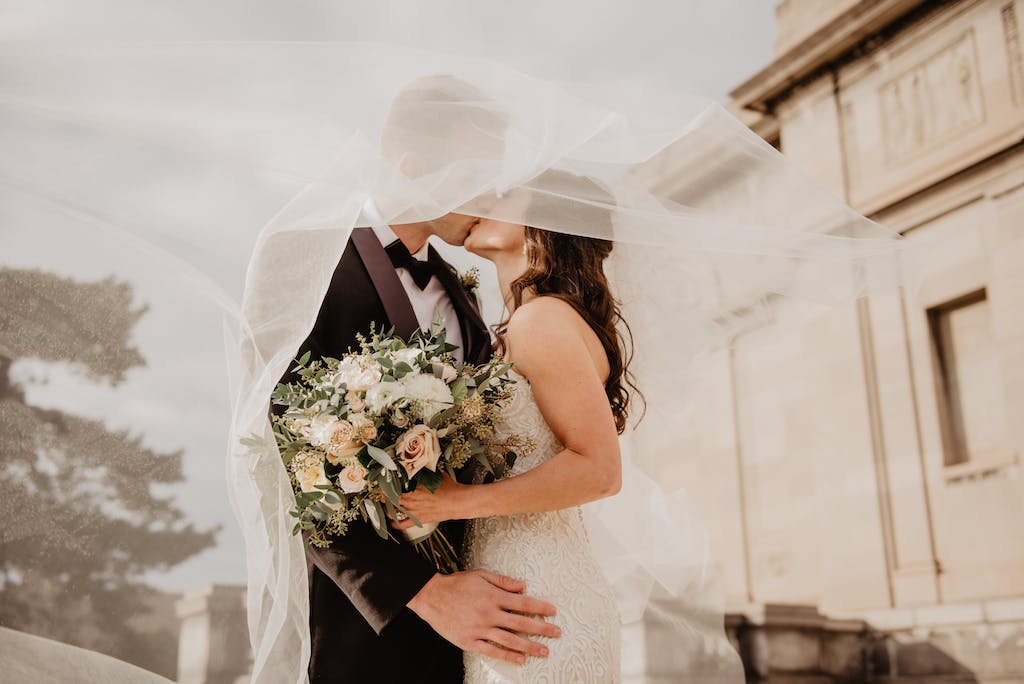How to Become a Wedding Photographer
Have you ever attended a wedding and found yourself mesmerized by the photographer effortlessly capturing each beautiful moment? I know I have. There’s something truly magical about immortalizing the love, joy, and emotions of a couple’s special day through a camera lens.
If you’ve ever dreamed of becoming a wedding photographer who freezes those fleeting moments forever, you’re in the right place. In this comprehensive guide, I’ll take you through the essential steps to kickstart your journey towards becoming a successful wedding photographer in the UK.
From mastering the art of photography to gaining invaluable experience and establishing your unique style, I’ll provide the insights and knowledge needed to help turn your passion for photography into a rewarding career capturing love stories.
Key Takeaways:
- Embark on the exciting journey of becoming a wedding photographer
- Learn the essential skills and techniques for capturing stunning wedding photos
- Gain practical experience through shadowing professionals and second-shooting
- Build a compelling portfolio that showcases your style and attracts clients
- Master the business side of wedding photography for a successful career
The Allure of Wedding Photography
Wedding photography holds a special place in the hearts of many photographers. It is a captivating and emotionally impactful genre that resonates with couples and photographers alike. In this section, we will explore why wedding photography is so captivating and its significance in the UK.
Why Wedding Photography Captivates
Wedding photography has the power to captivate because:
- It immortalizes cherished memories: Wedding photos allow couples to relive their special day and treasure their emotions forever.
- It tells a unique love story: Each wedding is one-of-a-kind, and photographers have the privilege of capturing the beautiful moments that make each couple’s love story unique.
- It celebrates love and joy: Weddings are joyous occasions filled with love, laughter, and happy tears. Wedding photography captures these heartfelt moments, evoking emotions and creating lasting memories.
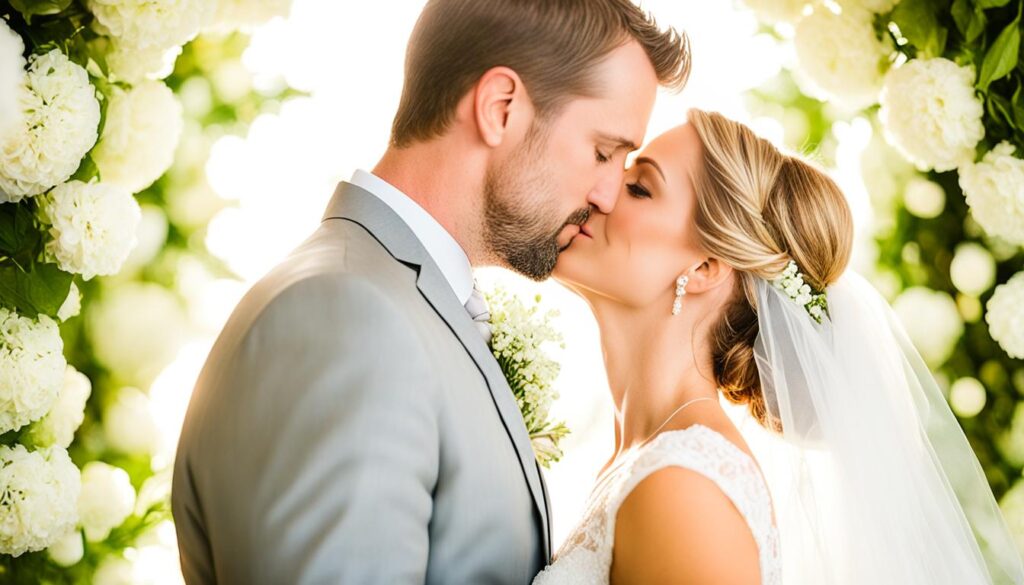
The Momentous Joy of Capturing Nuptials
The act of photographing weddings brings immense joy to photographers. It allows them to:
- Participate in someone’s special day: Photographers are invited into couples’ lives to document their love and commitment. This privilege of being present during such an intimate and meaningful event is incredibly rewarding.
- Witness and document tender moments: From exchanging vows to the first dance, wedding photographers can capture the fleeting moments that tell the story of a couple’s journey together.
- Bring happiness to others through their art: Photographers have the power to create images that bring joy, excitement, and nostalgia to couples and their families. Their work becomes a treasured heirloom for generations to come.
Understanding the Emotional Impact of Wedding Imagery
Wedding imagery’s emotional impact is profound for couples and their loved ones. Wedding photos:
- Evoke nostalgia: They transport people back to the emotions and ambience of the wedding day, evoking feelings of love, joy, and happiness.
- Strengthen relationships: Wedding photos create a sense of connection among family and friends, allowing them to relive the shared experiences and emotions of the special day.
- Preserve precious memories: These images are tangible reminders of the celebrated love and commitment, preserving memories that fade with time.
Wedding photography has a profound impact on couples and photographers. The allure lies in capturing and preserving precious memories, telling unique love stories, and evoking emotions that will be cherished for a lifetime.
Learning the Ropes: Photography Basics and Beyond
Before diving into the world of wedding photography, it’s essential to have a solid foundation in photography basics. Understanding camera settings, composition techniques, and lighting can make a significant difference in capturing stunning images that tell the story of a couple’s special day.
When it comes to photography basics, one of the first things to master is understanding camera settings. Familiarize yourself with ISO, aperture, and shutter speed, as they are crucial in controlling exposure and achieving the desired effects in your photos. Experiment with different settings to understand their impact and how they can be adjusted to suit different lighting conditions.
Composition techniques are another essential aspect of photography. Learning about the rule of thirds, leading lines, and framing can help you create visually appealing and balanced images. Consider the placement of subjects within the frame, the use of negative space, and the overall aesthetics of the scene.
Lighting is an integral part of photography and plays a significant role in capturing beautiful wedding images. Understand the different types of lighting, such as natural light, ambient light, and artificial lighting. Experiment with lighting techniques like backlighting and side lighting to add depth and dimension to your photos. Additionally, learn how to use reflectors and diffusers to control and shape light to your advantage.
Applying these photography basics to wedding photography requires understanding the unique challenges and techniques involved. Wedding photography often involves capturing fast-paced moments and working in various lighting conditions. Calibrating your camera settings for different scenarios, anticipating and capturing candid moments, and finding unique angles and perspectives are skills that will help you excel in the field.
Remember, practice is key to mastering photography basics and refining your skills. Experiment with different subjects and settings, and continuously challenge yourself to push your creative boundaries. With time and dedication, you will become a proficient photographer ready to capture the magic of weddings.
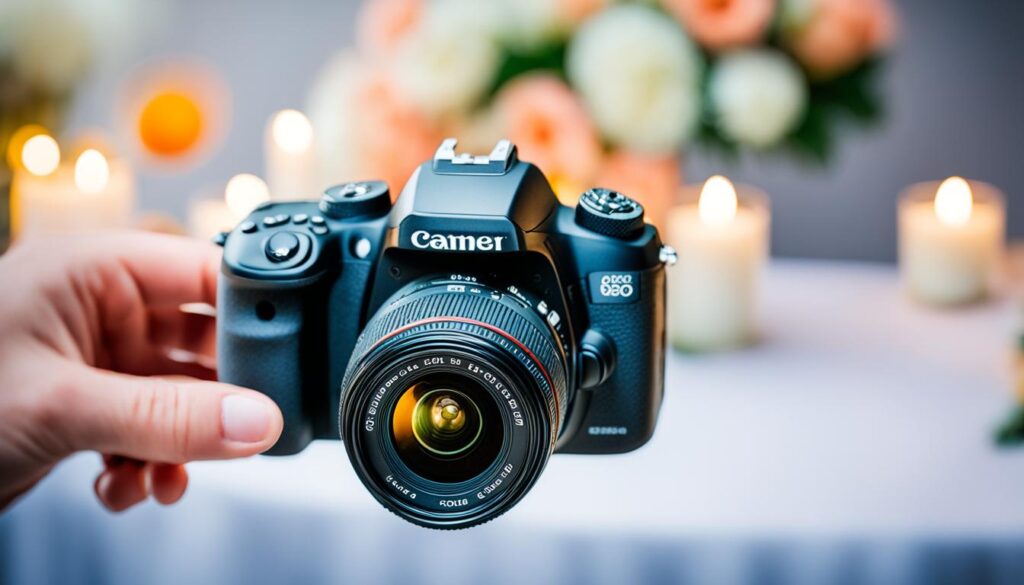
Shadowing the Pros: How to Gain Experience
Gaining practical experience is crucial for aspiring wedding photographers. You can gain valuable insights and hone your skills by shadowing and learning from professional wedding photographers. There are several ways to gain experience in the wedding photography industry:
- Second-Shooting: One of the most effective ways to gain experience is by second-shooting with established photographers. This involves assisting and working alongside a lead photographer during weddings. Second shooting allows you to observe the workflow, techniques, and interactions of an experienced professional while capturing candid shots and details.
- Photography Apprenticeships: Some photographers offer apprenticeship programs where you can learn hands-on from professionals. These structured programs provide structured learning opportunities, allowing you to develop your skills under the guidance of experienced mentors.
- Internships: Interning with a wedding photography studio or agency can provide real-world experience and allow you to contribute to actual wedding shoots. This hands-on experience will give you a deeper understanding of the photography industry and help you build your portfolio.
- Networking: Attend industry events, workshops, and conferences to connect with professional wedding photographers. Networking provides opportunities to learn from their experiences, gain insights, and potentially assist them on future projects.
Shadowing professionals can offer invaluable experience that cannot be taught through books or online courses. By learning from experienced wedding photographers, you can gain practical skills, understand client expectations, and develop your unique photography style.
Remember, becoming a successful wedding photographer is built on continuous learning and improvement. Each opportunity to gain experience exposes you to new challenges and unlocks new possibilities for your career. Take every chance to learn, grow, and refine your skills as you embark on this exciting path.
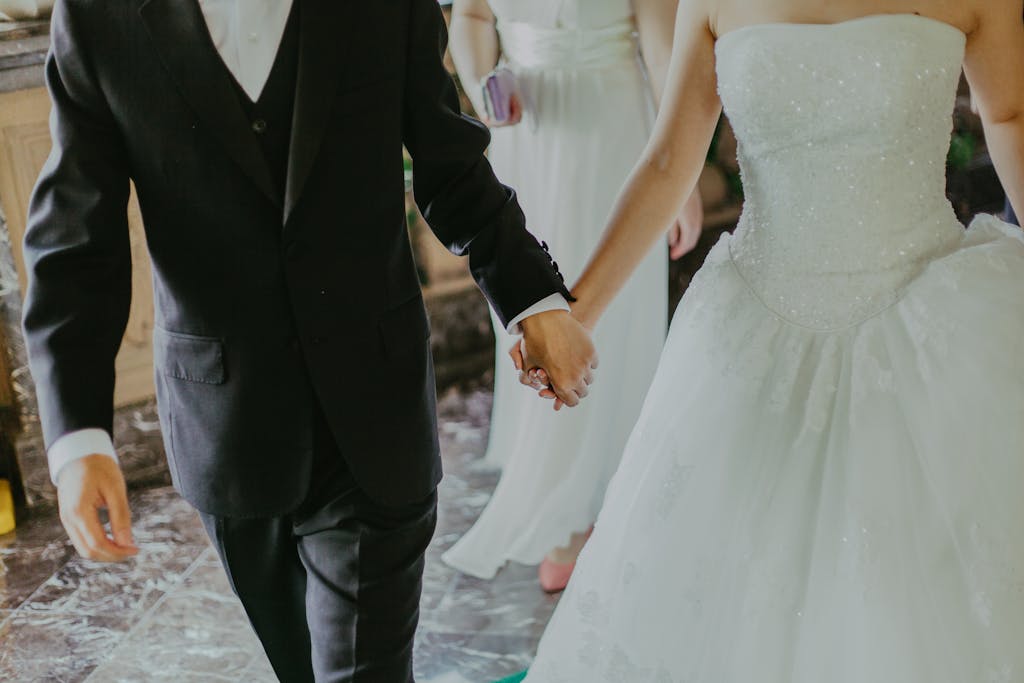
Building a Portfolio: Showcasing Your Best Work
A strong portfolio is essential for attracting potential clients and establishing yourself as a professional wedding photographer. Your portfolio visualises your skills, style, and creativity, allowing couples to envision how you can capture their special day. In this section, we will explore the process of building a portfolio that showcases your best work and appeals to couples seeking a wedding photographer.
From Styled Shoots to Real Weddings
When it comes to building your portfolio, there are two primary avenues you can explore: styled shoots and real weddings. Styled shoots are collaborative projects where photographers, stylists, and other creatives come together to create a visually stunning wedding scene. These shoots give you full control over the creative direction and production, enabling you to capture breathtaking images that showcase your artistic vision.
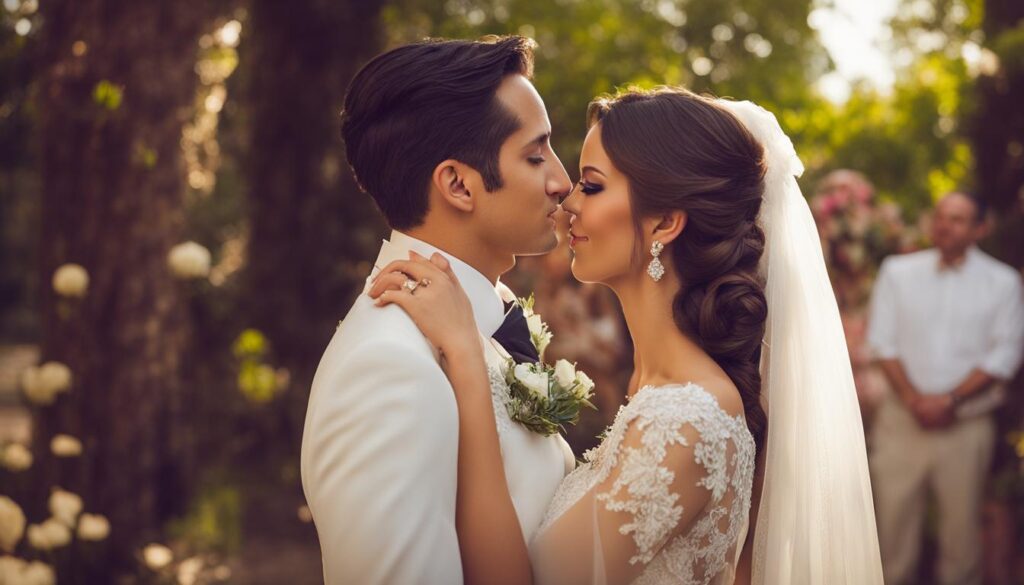
While styled shoots are a fantastic way to showcase your creative skills, documenting real weddings is equally important. Real weddings provide an opportunity to capture authentic emotions, genuine moments, and the unique stories of each couple. You can demonstrate your versatility, storytelling ability, and documentary approach by including a mix of styled shoots and real wedding photographs in your portfolio.
Crafting a Portfolio that Appeals to Couples
When curating your portfolio, it’s crucial to consider the preferences and expectations of your target audience: couples planning their weddings. Your portfolio should highlight your ability to capture the essence of love, joy, and the emotional bond between couples. Include diverse images, showcasing different styles, settings, and lighting conditions.
Emphasize your unique selling points and showcase your signature style. Whether you specialize in soft and romantic imagery, vibrant and colourful compositions, or moody and dramatic shots, make sure your portfolio reflects your aesthetic. This will help couples determine if your style aligns with their vision for their wedding day.
Networking and Collaboration with Other Creatives
Networking and collaborations with other creatives in the wedding industry can play a crucial role in building your portfolio and expanding your opportunities. Connect with wedding planners, stylists, florists, and other industry professionals to collaborate on styled shoots or real weddings. This collaborative approach allows you to create visually cohesive and inspiring content that appeals to couples and demonstrates your ability to work harmoniously with a team.
Furthermore, networking with other creatives and industry professionals can lead to referrals and recommendations, helping you establish a strong presence in the wedding photography community. Attend industry events, join online communities, and participate in workshops or conferences to expand your network and build valuable relationships.
In conclusion, building a compelling wedding photography portfolio requires a strategic approach. Incorporate a balance of styled shoots and real weddings to showcase your creativity and versatility. Craft a portfolio that appeals to couples, reflecting your unique style and selling points. Finally, engage in networking and collaborations to expand your reach, connect with other creatives, and open doors to new opportunities in the wedding industry.
The Business of Wedding Photography
Building a successful wedding photography business goes beyond capturing beautiful images. In this section, we will explore the business side of wedding photography, including creating a brand that resonates with your target audience. We will discuss effective marketing strategies to attract clients and expand your reach, the importance of client relationships and managing their expectations to ensure a smooth and successful photography experience.
Creating a Brand that Resonates
When it comes to a wedding photography business, creating a brand that resonates with your target audience is key. Your brand should reflect your unique style, personality, and the type of couples you want to attract. Consider your brand values, aesthetics, and messaging, and ensure consistency across all touchpoints, from your website to your social media presence.
Marketing Strategies for Aspiring Wedding Photographers
Marketing is crucial for growing your wedding photography business. Consider implementing online and offline marketing strategies to reach potential clients. Online tactics can include optimizing your website for search engines, utilizing social media platforms, and running targeted advertisements. Offline strategies may involve attending wedding fairs, collaborating with local vendors, and leveraging word-of-mouth referrals.
Developing Client Relationships and Managing Expectations
Client relationships play a significant role in the success of your wedding photography business. Building trust and rapport with your clients is essential for repeat business and positive referrals. Effective communication, active listening, and clear expectations are key to managing client relationships. Be transparent about your services, contract terms, and deliverables, and ensure that you understand and meet your client’s expectations throughout the photography process.

Essential Equipment for the Aspiring Wedding Photographer
Having the right equipment is essential for capturing high-quality wedding photographs. As an aspiring wedding photographer, it’s crucial to invest in the right tools that will allow you to capture every magical moment with precision and artistry. In this section, we will discuss the essential equipment you need in your photography kit, ensuring you are well-prepared for any wedding shoot.
Selecting the Right Camera and Accessories
Choosing the right camera is the foundation of your wedding photography gear. Look for a camera with excellent image quality, low-light performance, and fast autofocus. Full-frame DSLR cameras are popular among wedding photographers for their exceptional image quality and versatility. Some reliable options include the Canon EOS 5D Mark IV and the Nikon D850.
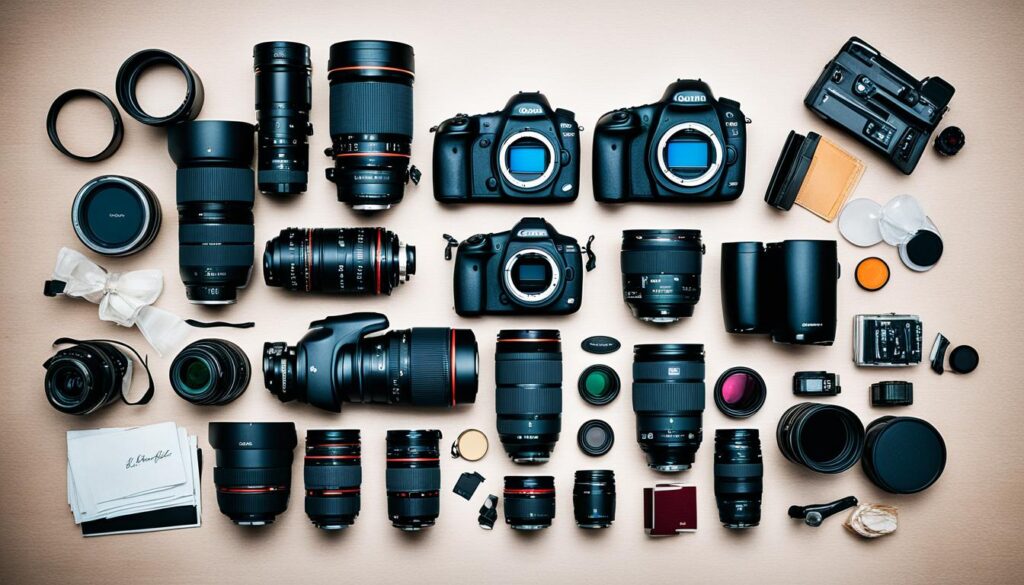
In addition to the camera body, you’ll need a variety of lenses to capture different perspectives and moments throughout the wedding day. A versatile zoom lens, such as a 24-70mm or 24-105mm, is a must-have for capturing wide-angle shots and portraits. A fast prime lens, like a 50mm or 85mm, is ideal for capturing stunning detail and creating a beautiful bokeh effect.
Other essential accessories include a sturdy tripod for stable shots, extra memory cards, and high-capacity batteries to keep shooting throughout the day. A flashgun or external flash is essential for low-light situations and adds creative lighting effects. Don’t forget to invest in lens filters, such as a polarizer or neutral density filter, to enhance your images and control exposure.
The Importance of Backup Equipment
Wedding days are once-in-a-lifetime events, with no room for equipment malfunctions or failures. It is crucial to have backup equipment to ensure that you can continue capturing beautiful moments even if something goes wrong. Always carry an additional camera body, lenses, batteries, and memory cards. Back-up equipment gives you peace of mind and ensures you won’t miss any important shots.
Investing Wisely in Your Photography Kit
Investing in photography gear is a long-term commitment, so making wise choices that align with your budget and needs is essential. Research and compare different options before purchasing, considering image quality, durability, and customer reviews. Investing in high-quality equipment upfront is better than replacing it frequently. Over time, you can gradually expand your kit, adding additional lenses or accessories as your photography business grows.
Navigating the Wedding Day: Timelines and Challenges
Wedding days are filled with excitement, joy, and unexpected challenges. As a professional wedding photographer, it is vital to be well-prepared and equipped to navigate the day seamlessly. In this section, I will share valuable insights and tips on effectively managing time, handling unforeseen circumstances, and coordinating with wedding venues and other suppliers to ensure a successful photography experience.
Time Management and Flexibility on the Big Day
Managing time effectively is crucial for capturing all the important moments of a wedding day. To stay on track, creating a comprehensive wedding day timeline in consultation with the couple and other vendors is essential. This timeline should outline the key events, such as the ceremony, reception, and other important moments throughout the day. By adhering to the timeline and allowing for flexibility, you can ensure that you capture everything according to the couple’s expectations while also adapting to unforeseen changes.
During the day, it is important to maintain a calm and organized approach. Arriving early at each location will give you ample time to set up your equipment and familiarize yourself with the surroundings. This will help you capture candid moments, intricate details, and the overall atmosphere of the wedding without feeling rushed or flustered.
Handling Unforeseen Circumstances with Grace
Weddings are live events, and unforeseen circumstances are bound to occur. As a wedding photographer, handling these situations with grace and composure is crucial. Whether it’s inclement weather, last-minute changes, or any other unexpected challenges, remember to stay adaptable and find creative solutions to ensure the smooth running of the day.
Preparing for potential challenges in advance can help you stay calm and confident during challenging moments. To mitigate technical issues, carry backup equipment, such as an extra camera body, lenses, and memory cards. Anticipate possible scenarios and mentally prepare for how you would handle them, ensuring that your focus remains on capturing beautiful moments for the couple.
Coordinating with Venue Staff and Other Suppliers
Collaboration and coordination with the wedding venue staff and suppliers are essential for a seamless photography experience. Establishing good communication with the venue coordinator and other vendors, such as the florist, wedding planner, and caterer, can greatly contribute to capturing all the important moments and details.
Arrange a pre-wedding meeting with key venue staff members to discuss logistics, restrictions, and any special considerations. This will help you plan your shots and clearly understand the venue’s layout. Additionally, maintaining open lines of communication throughout the day will allow for effective coordination, ensuring that all parties involved are on the same page and working together to create a memorable wedding experience for the couple.
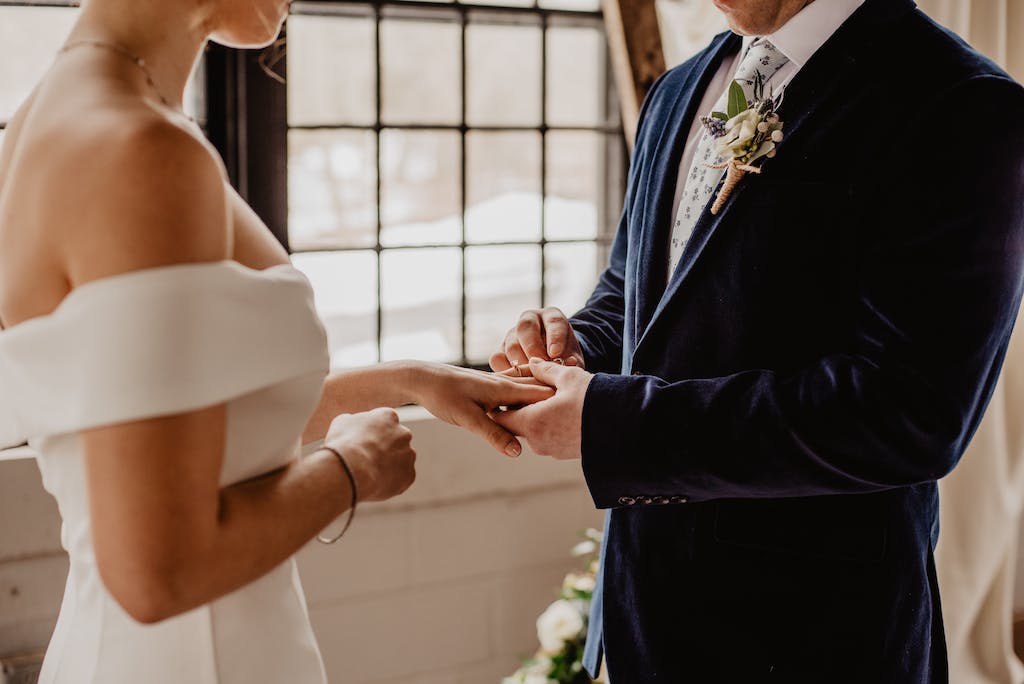
| Wedding Day Time Management Tips | Challenges | Coordinating with Venue and Suppliers |
|---|---|---|
| Create a detailed wedding day timeline | Be prepared for unforeseen circumstances | Establish good communication with venue staff and other suppliers |
| Arrive early and allow for flexibility | Stay calm and composed during challenging moments | Arrange a pre-wedding meeting to discuss logistics |
| Manage time effectively to capture all key moments | Maintain open communication throughout the day | Coordinate with other vendors for a seamless experience |
Monetising Your Wedding Photography Passion
Turning your passion for wedding photography into a sustainable business requires effective monetisation strategies. In this section, I will explore how you can monetise your wedding photography services, including pricing your packages, marketing and advertising techniques, and booking clients. I will explore pricing models, marketing channels, and strategies to attract and retain clients in the competitive wedding photography industry.
Setting the right prices for your services is crucial when monetising your wedding photography. Consider factors such as your experience, skill level, equipment, and the market demand in your area. Pricing your packages competitively while still ensuring profitability is a delicate balance. By conducting market research and understanding the value you provide, you can confidently set prices that reflect your expertise and attract potential clients.
Marketing and advertising play a significant role in gaining visibility and attracting clients to your wedding photography business. Utilise online platforms such as your website, social media channels, and wedding directories to showcase your portfolio, share your expertise, and engage with potential clients. Consider investing in search engine optimisation (SEO) strategies to improve your online visibility and rank higher in search engine results.
Remember, effective marketing and advertising are not just about promoting your services, but also about building relationships and connecting with your target audience. Connect with other wedding vendors, such as wedding planners, venues, and florists, to develop mutually beneficial partnerships. Collaborate on styled shoots, participate in wedding fairs and exhibitions, and contribute guest blogs or articles to industry publications to enhance your brand presence.
Booking wedding photography clients requires a professional and efficient approach. Communicate your services, pricing, and any additional offerings to potential clients. Provide detailed information about your packages and deliverables, and be prepared to answer any questions they may have. Streamline your booking process by utilising online platforms or creating comprehensive contracts protecting both parties’ interests.
Remember, building a reputation and establishing a strong client base in wedding photography takes time. Consistently delivering exceptional service and creating memorable photography experiences will lead to repeat business and generate positive word-of-mouth and referrals. Embrace continuous learning and stay up-to-date with the latest trends and techniques in wedding photography to ensure your services remain competitive and sought-after in the industry.
By implementing effective monetisation strategies, pricing your services competitively, and investing in marketing and advertising, you can turn your passion for wedding photography into a successful and profitable business. Remember, the wedding photography industry is highly competitive, but with dedication, perseverance, and a commitment to excellence, you can carve out a rewarding career capturing beautiful moments and creating lasting memories for couples on their special day.
Conclusion
Perseverance is the Key to Success
Aspiring wedding photographers, remember that success in this field requires perseverance. Becoming a professional wedding photographer is difficult, and you may encounter challenges and setbacks. But it is essential to stay determined and keep pushing forward. Every obstacle is an opportunity to learn and grow.
Continuing Education and Growth in Wedding Photography
Wedding photography is a constantly evolving field, and investing in your continuous education and growth is crucial. Stay updated with the latest photography techniques, equipment, and trends. Attend workshops, conferences, and online courses to enhance your skills and expand your knowledge. You can offer better services and stand out in the competitive wedding photography industry by continuously learning and improving.
Parting Words of Encouragement for New Photographers
To all the new wedding photographers out there, I want to offer you words of encouragement and motivation. Believe in yourself and your passion for photography. Have faith in your unique vision and style. Remember that every successful wedding photographer started somewhere, and with hard work and dedication, you can achieve your goals. Surround yourself with a supportive community of fellow photographers, and never stop learning and growing.
FAQ’S
Q: How can I become a wedding photographer?
A: To become a wedding photographer, you can start by learning photography skills and techniques, assisting a professional photographer, building your portfolio, and eventually launching your own photography business focused on weddings.
Q: What are some tips for starting a wedding photography business?
A: Some tips for starting a wedding photography business include defining your style, setting competitive pricing, creating a strong online presence through a website and social media, networking with other photographers in your area, and consistently delivering high-quality photos to clients.
Q: What is a second shooter in wedding photography?
A: A second shooter in wedding photography is a photographer who assists the main photographer during a wedding shoot to capture different angles, moments, and perspectives. It is a common practice to have a second shooter to ensure comprehensive coverage of the wedding day.
Q: How do I transition to being a full-time wedding photographer?
A: To transition to being a full-time wedding photographer, you can start by building a strong portfolio, gaining experience in shooting weddings, networking with wedding vendors and industry professionals, and gradually increasing your bookings until you have a steady stream of clients.
Q: What are some essential skills required to succeed as a wedding photographer?
A: Some essential skills required to succeed as a wedding photographer include photography skills, communication skills to work with clients and vendors, marketing and business skills to manage your photography business effectively, and the ability to work under pressure and in various lighting conditions.
Q: How should I approach my first wedding photography gig?
A: When approaching your first wedding photography gig, make sure to communicate clearly with the clients about their expectations, visit the wedding venue ahead of time to plan your shots, collaborate with the main photographer if you are a second shooter, and be prepared with backup equipment in case of any technical issues.
Q: What are some common mistakes to avoid in wedding photography?
A: Some common mistakes to avoid in wedding photography include overdoing editing, missing key moments during the wedding day, not communicating effectively with clients, neglecting to scout the wedding venue beforehand, and not having a backup plan for equipment failures.


